504
Azulejo: awesome vivid symbol of culture of Portugal
Read more it's time to show you one of the most striking symbols of Portuguese culture. Ceramic tiles everywhere: on the houses, palaces, churches. Geometric patterns, floral patterns, everyday scenes, mythological subjects, signs, bars, street names — there are no limits to the imagination of the artists.
The word "azulejo" is derived from the Arabic "AZ-sulij" — "stone". In the eighth century the Moors brought this tradition to the Iberian Peninsula. The Golden age of the Azulejos came at the end of XVII — beginning of XVIII century, when Portugal got the blue-and-white Dutch tiles from Delft. In 1715 the import of Dutch tiles stopped. Old ornaments and colors were almost forgotten — in Vogue blue-white Azulejos with historical and genre compositions. Today these are the Portuguese tiles are considered classics and of course look impressive.

Somehow, in Port cobalt tiles made me the strongest impression. Taking the first steps in the city, or rather, just entering the railway station building, I fell under the charm of this art. And the azure Church Port we finished the job: a desire to go somewhere else-or has disappeared entirely, supplanted by the urgent need to go and examine the paintings on the houses, how much forces will suffice. Of course, in the end, most of the pictures I see now on the pictures that was lucky enough to do during the trip and pictures from the web.

Station. Fragment. A small piece!
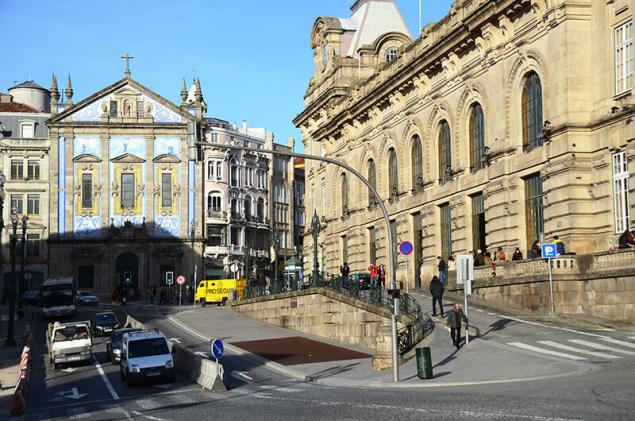
The station outside. And immediately one of the azure churches. On the way to the hotel we see a couple more, to be sure!


At the end of the street is the stunning Church of Port St. Ildefonso, near which, alas, didn't take a picture, to make it clear what her special beauty. Beauty is in the contrast of blue and white tiles crimson façade and side walls.

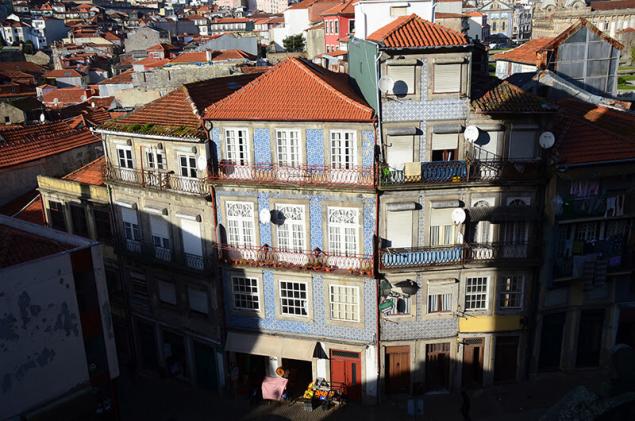
Just up the street... Me, please, over there, a couple of Windows with balcony to stake out!
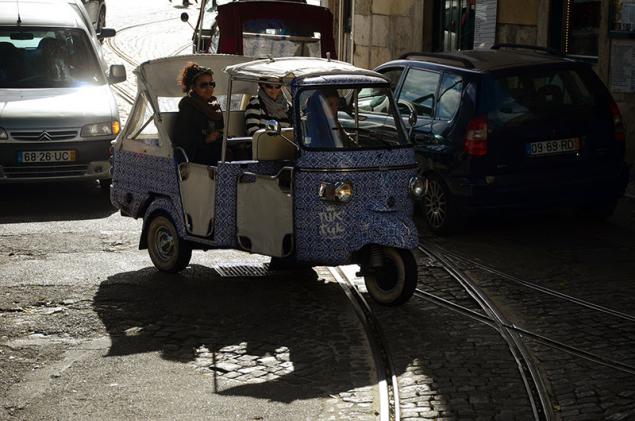
Tourist electromobility from Lisbon. They are there a lot of rides but this one is very canonically colored.
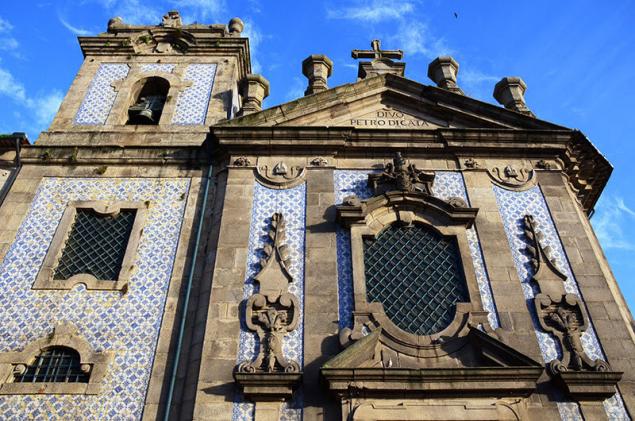




Such tiles I showed you a number earlier, I will add a few photos to contrast with the artistic paintings + to break — in fact, many homes in Portugal abandoned, are boarded up.


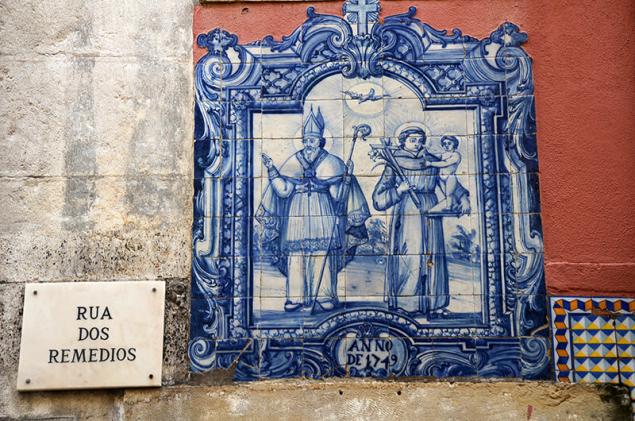
The patron saints of the houses. These can be found inside. Not only in churches, in homes too.

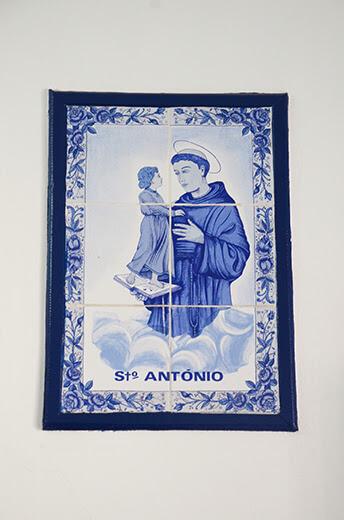
The image of St. Anthony, patron of Lisbon, in front of our hotel.

Azulejos recall that Portugal won't be the last of the Maritime powers.
Also interesting: 10 unspoilt areas of France, about which You did not know
30 facts about Amsterdam that can get You to throw all and to fly away on vacation
In Lisbon there is a Museum of Azulejos where you can learn how this art developed. Although going to almost any Church you can touch this history in person. Yes, just out on the street.published
P. S. And remember, only by changing their consumption — together we change the world! ©
Source: ru-travel.livejournal.com/26766787.html
The word "azulejo" is derived from the Arabic "AZ-sulij" — "stone". In the eighth century the Moors brought this tradition to the Iberian Peninsula. The Golden age of the Azulejos came at the end of XVII — beginning of XVIII century, when Portugal got the blue-and-white Dutch tiles from Delft. In 1715 the import of Dutch tiles stopped. Old ornaments and colors were almost forgotten — in Vogue blue-white Azulejos with historical and genre compositions. Today these are the Portuguese tiles are considered classics and of course look impressive.

Somehow, in Port cobalt tiles made me the strongest impression. Taking the first steps in the city, or rather, just entering the railway station building, I fell under the charm of this art. And the azure Church Port we finished the job: a desire to go somewhere else-or has disappeared entirely, supplanted by the urgent need to go and examine the paintings on the houses, how much forces will suffice. Of course, in the end, most of the pictures I see now on the pictures that was lucky enough to do during the trip and pictures from the web.

Station. Fragment. A small piece!

The station outside. And immediately one of the azure churches. On the way to the hotel we see a couple more, to be sure!


At the end of the street is the stunning Church of Port St. Ildefonso, near which, alas, didn't take a picture, to make it clear what her special beauty. Beauty is in the contrast of blue and white tiles crimson façade and side walls.


Just up the street... Me, please, over there, a couple of Windows with balcony to stake out!

Tourist electromobility from Lisbon. They are there a lot of rides but this one is very canonically colored.





Such tiles I showed you a number earlier, I will add a few photos to contrast with the artistic paintings + to break — in fact, many homes in Portugal abandoned, are boarded up.



The patron saints of the houses. These can be found inside. Not only in churches, in homes too.


The image of St. Anthony, patron of Lisbon, in front of our hotel.

Azulejos recall that Portugal won't be the last of the Maritime powers.
Also interesting: 10 unspoilt areas of France, about which You did not know
30 facts about Amsterdam that can get You to throw all and to fly away on vacation
In Lisbon there is a Museum of Azulejos where you can learn how this art developed. Although going to almost any Church you can touch this history in person. Yes, just out on the street.published
P. S. And remember, only by changing their consumption — together we change the world! ©
Source: ru-travel.livejournal.com/26766787.html























